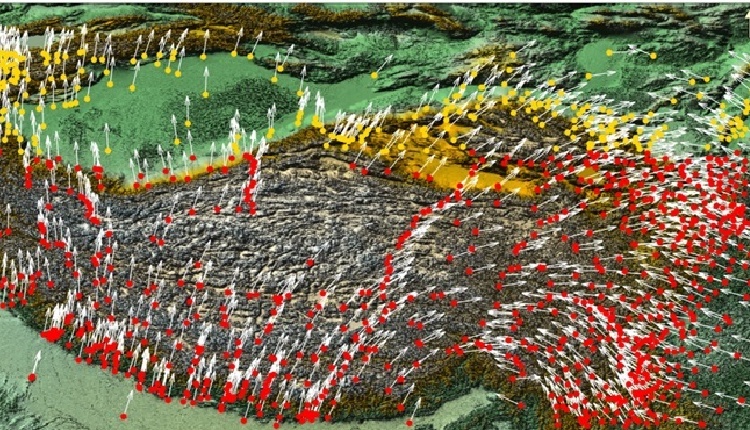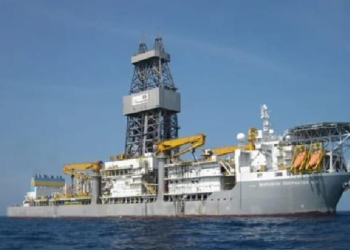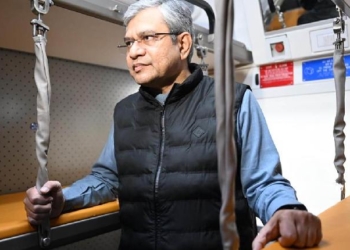New Delhi: A team of scientists at Wadia Institute of Himalayan Geology, an autonomous Institute under the Department of Science and Technology (DST), on Tuesday revealed machine learning (ML) techniques for modelling crustal deformations over the Tibetan Plateau.
The team noted that the techniques helped them forecast the velocity vectors of such movements and enhanced the characterisation of plate movements.
Typically, a dense network of Continuously Operating Reference Stations (CORS) is employed to continuously monitor crustal deformation. Campaign-mode GPS surveys are often used to densify the existing CORS network. However, these are not only expensive but also challenging due to logistical problems and regional geographical considerations.
The Wadia Institute scientists instead implemented ML techniques such as support vector machines, decision trees, and Gaussian process regression to accurately model crustal movement. In the study, the team analysed data from 1,271 permanent continuous and campaign-mode GPS stations located on the Tibetan plateau and its surrounding areas. They used data from 892 stations for model training and data from 379 stations for testing.
The results, published in the Journal of Asian Earth Sciences, demonstrate the “effectiveness of these ML techniques in forecasting velocity vectors — easting velocity and northing velocity — and enhancing the characterisation of plate movements”.
“The correlation between the predicted and actual velocity vectors was found to be highly satisfactory making these ML predictive models considerably reliable for estimating geodetic velocity vectors,” the team said.
Further, based on the data-driven trends from the existing trained models, the scientists fed the locations of arbitrary GPS sites and predicted the easting velocity and northing velocity at those locations. It showed similar patterns to those obtained from neighbouring GPS stations. The ML algorithm demonstrates a remarkable achievement in the field of geodetic studies in a cost-effective manner.
(IANS)
















